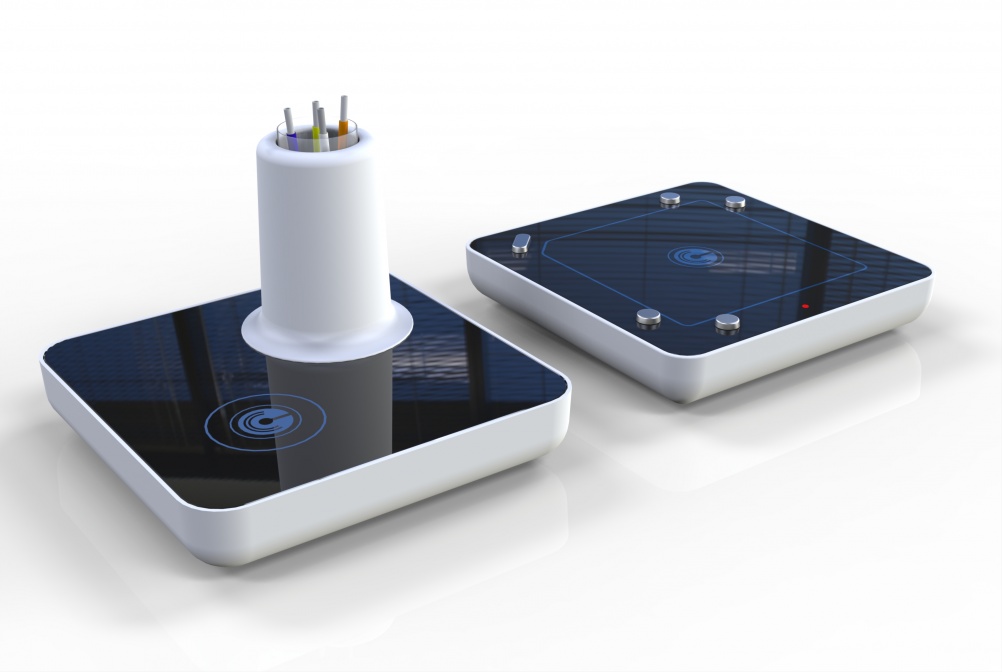Sperm sample classification frozen out by new innovation
Cambridge Industrial Design has developed an “easier, faster, safer” way for cryogenic human tissue samples to be labelled rather than using handwritten labels or barcodes.

Cambridge Industrial Design has developed a digital tagging technique for cryogenic human tissue samples that can replace traditional labelling.
Biological samples such as sperm or brain tissue can be stored in an “easier, faster, safer” and more user-friendly way according to Cambridge Industrial Design, which has devised a family of products for RFID tagging company Cryogatt.
The RFID system works at -196°C
RFID is the same technology used in contactless payment and Oyster cards. Cryogatt has developed a patented RFID system that can be used instead of handwritten labels or barcodes and works at -196°C.
Samples containing RFID tagged vials and fertility straws, cryogenically stored in laboratories and fertility clinics, can be quickly and accurately identified and processed according to CID.
Usability and ergonomics
Reader products have been designed with usability and ergonomics in mind. There are time saving benefits for technicians, which is a key advantage as samples cannot be taken out of subzero storage for too long or they perish.
The products are easy to clean and have been given a look that fits into the working environment and brings “consumer style” to the lab.
“Readers should be as aesthetically pleasing as an iPhone 6”
Cambridge Industrial Design design director Tim Evans says: “There’s absolutely no reason that a device for reading RFID tags on sperm samples shouldn’t be as aesthetically pleasing as an iPhone 6.
“The Cryogatt family of RFID readers demonstrates this, combining innovative technology with an ergonomic, user-friendly design that makes it straightforward and simple to operate.”
The readers are currently being trialled in leading hospitals, bio banks and fertility clinics across the UK according to CID.

-
Post a comment




